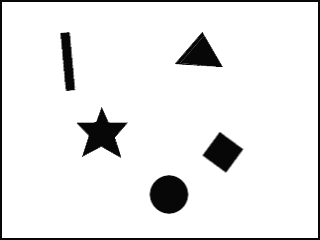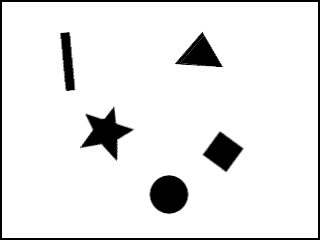This is a motion or movement that is very subtle, to add realism to an object or character. When a character turns for example their hair will swing, if some one gets up their head might move. The motion won’t be exaggerated, the motion should be visible, but to the audience should be taken as second nature. Realism was not to be noticed for its individual motion.
Another example are clothes on characters, when they walk an item like a long coat will sway gently.
Secondary motion is a key to executing realistic motion, when it is done wrong it is clear to the audience that something is wrong. So it must be done with the understanding of what the animator is animating and how it might possible move in real life.
EXTRACTS - from 'The Illusion of Life'
Secondary Nature, Page 63, 64
Often, the one idea being put in a scene can be fortified by subsidiary action within the body. A sad figure wipes a tear and turns away. Some one shakes his head as he gets to his feet.
This example of secondary action comes in many forms. From the eye on Boo's costume to the hair on Sulley when he turns or moves. There are many examples in just a short clip. This is taken from Disney and Pixar's feature animated film 'Monsters, INC'
- Curly
EXTRACTS - from 'The Illusion of Life'
Secondary Nature, Page 63, 64
Often, the one idea being put in a scene can be fortified by subsidiary action within the body. A sad figure wipes a tear and turns away. Some one shakes his head as he gets to his feet.
This example of secondary action comes in many forms. From the eye on Boo's costume to the hair on Sulley when he turns or moves. There are many examples in just a short clip. This is taken from Disney and Pixar's feature animated film 'Monsters, INC'
Older examples of secondary Action go back to early Disney in such animations as Fantasia. This clip Mickey The Sorcerer's Apprentice has many examples especially in he wizards robes as he mixes the potions,
- Curly












